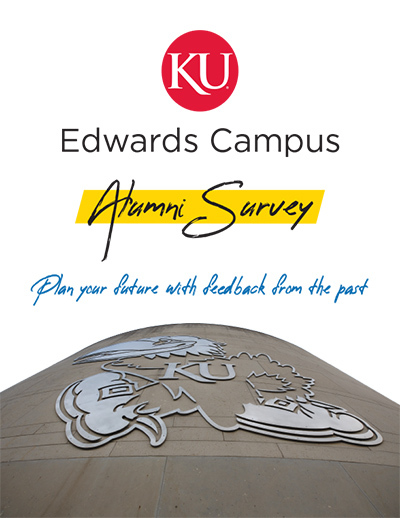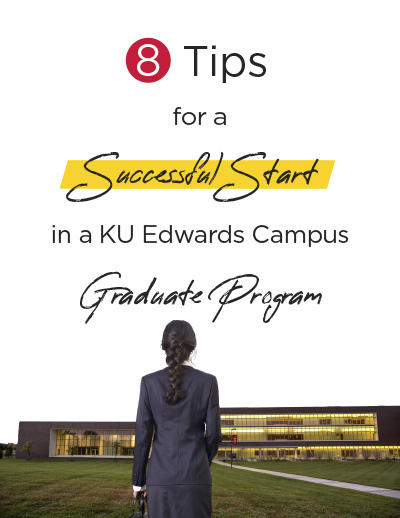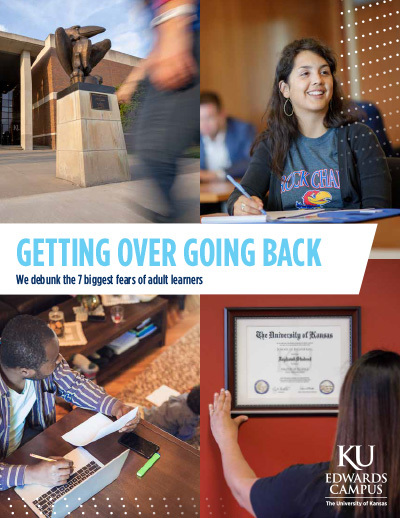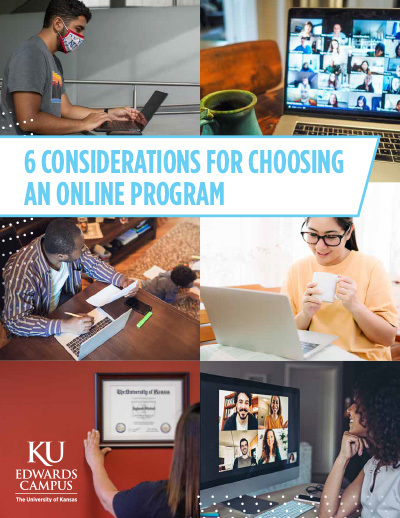Building Organizational Culture: New Strategies for Employee Engagement and Overcoming the “We Need More Communication” Trap

We need more communication!
We need better communication!
Sound familiar?.....
If you are like many team leads, department managers, and communication professionals, these employee refrains probably sound all too familiar. And if you work in human resources, you likely see these comments in your annual employee survey results and hear them in exit interviews.
We want to be responsive to these requests and address the broader issues they represent, so we get busy. We create workplace communication consisting of emails, and newsletters and intranet pages perfectly designed and on-brand.
Yet, a closer look often reveals that employees are hungry for something different, still something more. But what? Consider these actual comments from employees of a global healthcare organization when asked about the state of communication during a large-scale organizational change:
- “My position is overwhelmed with demands from many directions – and none seem connected with each other.”
- “I used to feel like a valuable part of the team, now I feel I’m a chair in the corner of the room.”
- “The farther we get into the process, the more secretive everyone seems to be.”
- “Constant changes in leadership is a problem.”
What would you say these employees really want when they ask for more or better communication?
Probably not more communication “stuff,” like emails and intranet pages, right?
What these employees are really asking for is an opportunity for dialogue and a sense of connection across the organization – particularly with their own manager and senior level leaders. But this type of communication can be harder to deliver.
Why?
Dialogue and connection for increased employee engagement requires managers and leaders to be vulnerable, which contradicts our long-held cultural values around leadership, that a leader should be confident, persuasive - and provide definitive answers. It can be tough for leaders to admit what they don’t know – or that they themselves have more to learn.
And this takes us deeper into the question, “What do employees want when they ask for better communication?” To some degree at least, they want openness and humility – in other words, real connection that transcends the job titles and hierarchies that protects us from the vulnerability of authentic, two-way dialogue in the workplace.
So, how do we build our organizational culture to get to that deeper level of communication, the place where we practice communication as dialogue rather than just information dissemination, a place that requires a little bit of vulnerability for everyone involved?
Here’s one idea launched at a regional financial institution based in Kansas City. Company leaders use the book, “What If I Say the Wrong Thing? 25 Habits for Culturally Effective People” by Verna Myers, head of Diversity and Inclusion at Netflix, to bring leaders and staff together to discuss why it can be so difficult to navigate conversations around the ways race, gender, and sexuality influence our everyday experiences, conversations and opportunities in the workplace.
Leaders swap teams and facilitate semi-structured discussions with groups of employees from other departments. This helps make employees feel safer in sharing workplace concerns and experiences and helps leaders gain a broader insight into what’s happening across the organization.
Why Dialogue Beats Dissemination
Why do these deeper levels of conversations matter?
- These conversations allow leaders to demonstrate a deeper understanding of the role communication plays in sustaining a people-centered workplace culture. Bringing people together from various job levels, departments and personal backgrounds to talk about more than just project status updates allows colleagues to connect in a very different, powerful way.
- These dialogue-based sessions give front-line staff and managers the opportunity to engage in extended dialogue with senior leaders. This, in turn, gives leaders a chance to learn what motivates employees at all levels to do great work, while also learning about the very real challenges employees face while doing that work.
- The structure and outcomes of these sessions indicate to both staff and leaders that “communication” isn’t just about sending and receiving messages, it’s about connecting, sharing and being willing to engage in real dialogue on a broader range of workplace issues and opportunities.
- Carving out time to have this particular conversation signals to employees and leaders that dialogue – and, specifically, dialogue on the topic of diversity, equity and inclusion is valued by the organization.
In the end, for many of us, there is nothing more personal than the work we do and the reasons we do it. The challenge is to build a workplace communication climate -- and broader organizational culture – where people feel they have the opportunity to do meaningful work and have meaningful conversations about how to make the workplace better for everyone, where employees are valued not just for what they do but who they are. And we can’t do this until we acknowledge the many different dimensions, deeper meanings, and powerful outcomes we can achieve with more authentic, dialogue-based workplace communication.
Find more ideas on how to increase employee engagement and give employees a job they love by delivering communication that your employees really want by attending KU’s Quarterly Workplace Culture Summit on March 6. It’s a free practical and interactive session for managers and leaders where we’ll discuss “Strategies for Avoiding the ‘We Need More Communication’ Trap.” Register for the free 1.5-hour morning workshop and enjoy a light breakfast as we dive deeper into best employee communication practices.
ABOUT THE AUTHOR
Angie Pastorek, Ph.D., is a faculty member at the KU Edwards Campus. She teaches and manages two graduate programs in workplace communication, including the four-course certificate in professional workplace communication and a full master’s degree in organizational communication. Pastorek also offers workshops for local business, government and nonprofit organizations through the Knowledge Now program. If you are interested in any of these programming options, you may contact her at apastorek@ku.edu.





